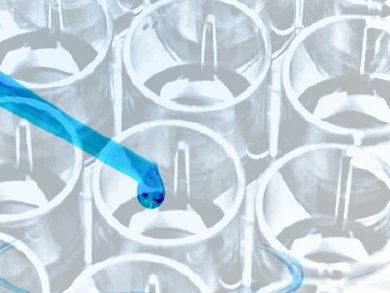ECHA has published a report based on over 38,000 registration dossiers on how companies use alternatives to animal testing under the REACH Regulation. This is the second tri-annual report prepared for the European Commission.
The analysis shows that registrants make use of alternatives to generate information required by REACH to ensure the safe use of chemicals. Alternatives used are:
- Grouping and read-across
(comparing substances with similar ones, filling a data gap for a substance by using information from a similar substances) - Weight of evidence
(combining information from different sources) - Computer modelling
(qualitative/quantitative structural-activity relationship ((Q)SAR)) - Non-animal tests
(studies using cells, tissues, organs rather than animals)
Read-across is the key alternative approach found in the registration dossiers. In particular, this approach is used for the higher tier endpoints where alternative non-animal test methods and testing strategies approved for regulatory use are not yet available.
However, ECHA found in compliance checks that the alternatives used by registrants are often inadequately justified and contain deficiencies. This means that more animal tests may be necessary. However, ECHA promotes non-animal testing methods and other alternatives. Testing on animals should only be undertaken as a last resort when there is no other scientifically reliable way to examine the impact of a chemical on human health or the environment. Therefore, the agency will continue to promote the use of alternatives through its publications and give guidelines on the correct use.
- Second report under Article 117(3) of the REACH Regulation, (PDF)
ECHA, Helsinki, Finland, 2 June 2014.
Information on ECHA’s website
- Information on animal testing
- OECD and EU test guidelines
- Practical guides
Practical Guide 1: How to report in vitro data
Practical Guide 5: How to report (Q)SARs
Practical Guide 6: How to report read-across and categories
Practical Guide 10: How to avoid unnecessary testing on animals




